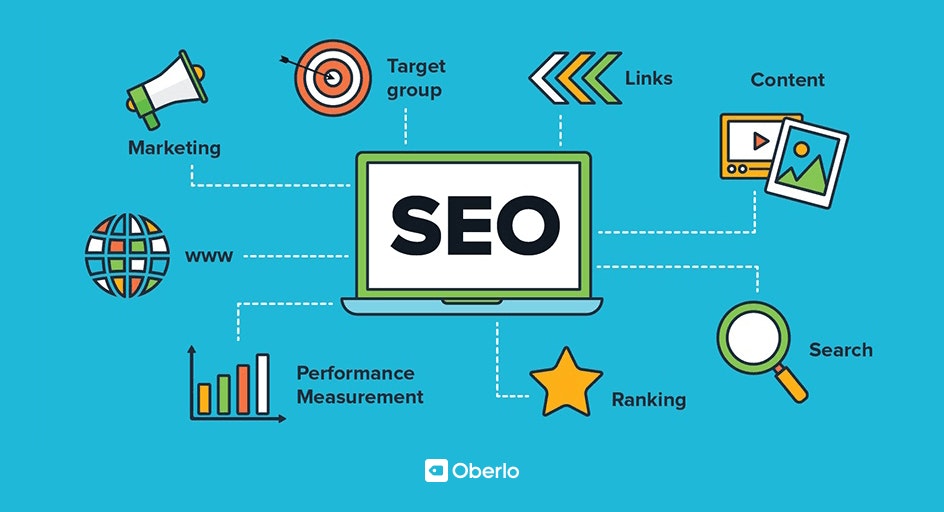
What are the Different Types of SEO?
What is SEO?
SEO is the process of making a website easier to understand by search engines and friendlier for users, as the SEO industry has come with different types of SEO . Each one is responsible for a number of SEO rules. At the beginning (think early 2000), SEO was simple but over the years the whole SEO process has become complex.
When optimizing a website for search engines, you have to consider hundreds of rules to satisfy the various search engine ranking factors and at the same time keep your users happy.
The overall goal of SEO is to increase organic traffic from search engines by improving the positions the website appears in the SERPS for various search terms.
Why Is It Important?
You’ve probably heard a hundred times that Search Engine Optimization (SEO) is a vital digital marketing tool. In short, SEO is crucial because it makes your website more visible. And and that means more traffic and more opportunities to convert prospects into customers. SEO is made up of multiple elements, and knowing what types of SEO are there and how they work is key to understanding why SEO is so important SEO is the process of making a website easier to understand by search engines and friendlier for users.
The Different Types of SEO
1. White-Hat SEO
When you hear someone say white-hat SEO, that means the SEO practices that are in-line with the terms and conditions of the major search engines, including Google. White-hat SEO improves your search engine ranking on the SERPs while regulating the integrity of your website with the search engine’s terms of service.
White-hat SEO practices are the best way to create a successful website. Here are a few white-SEO practices that you must follow strictly:
- Use keyword-rich, descriptive meta-tags
- Provide quality services and content to the website’s visitors
- Make your website easy to navigate
2. Gray-Hat SEO
It’s an SEO practice that’s riskier than white-hat SEO. That’s because the gray-hat SEO practices belong neither to the white-hat nor black-hat category as the terms and conditions regarding the issue are unclear. However, using gray-hat SEO practices will not result in site ban from search engines. In simpler terms, the material or content that you publish in accordance with the gray-hat SEO remains ill-defined. Knowing the gray-hat SEO practices can save your website from losing traffic as you will be well-aware of the negative consequences, which will help you adopt fair practices.
3. On-Page SEO
On-Page SEO is the process of optimizing web pages’ title tags, internal links, HTML code, URL, images, and many other on-page elements to improve rankings and user experience. Search engine optimization (SEO) for on-page factors includes
- Writing informative, relevant, and engaging content for your website’s users while optimizing for Google bots,
- Utilizing HTML tags to emphasize important sections of your material, and
- Checking for broken links or content duplication.
- Reducing the file size of photos.
- Structuring the URL for numerous pages to ensure they are clear and to the point.
4. Off-Page SEO
You can think of off-page SEO as everything you do outside of your website to help it rank higher in Google’s search results. It includes getting good social media advertising, getting clients to give you good reviews on online forums, and getting links from credible websites in the same field as you.
5. Technical SEO
The primary goal of technical SEO is to assist Google’s bots in successfully crawling, interpreting, and indexing your website’s pages. For example, creating an extensive XML sitemap and making your site mobile-friendly are only some tactics used to help web spiders filter and categorize your pages based on their content. For more information, see our post on technical SEO.



